Bleeding the brakes is simple track side maintenance that everyone should learn.
Tools and Supplies:
7mm flare wrench
Bleeder bottle and hose
High quality brake fluid (I use ATE Type 200 or Super Blue)
Simple green (or other cleaner for spilled brake fluid)
Paper towels
Instructions
This job is fast and simple especially if you have an extra helper.
You can bleed the brakes on the car without removing the wheels
Remove the nose and tail from the car
Open the brake master cylinder caps
Top up the brake fluid in both master cylinders
Start at the right rear (longest line)
Place the wrench over the bleeder nipple
Place the hose and bleeder bottle over the brake nipple
Build up pressure by pumping the pedal
Repeat the following steps until no bubbles & clean fluid comes out
Press the pedal down
With the pedal depressed open the bleeder nipple
When the pedal drops close the bleeder nipple
Let the pedal up
Check the master cylinder and top up fluid if needed
Repeat until no bubbles come out or all the old fluid is removed
It should take about 3-4 pumps of the pedal to drain the master cylinder
Ensure the bleeder screw is tight
Remove the hose and bleeder bottle from the brake nipple
Repeat next for the Left Rear
Repeat next for the Right Front
Repeat next for the Left Front (shortest line)
The brakes are now bled top up the master cylinders
Close the master cylinder caps
Check to see if any fluid spilled or dripped into the pedal area and clean up with simple green and paper towels if necessary, the last thing you want is slippery pedals
Replace nose and tail of car
Dispose of the used brake fluid appropriately
Check to see there are no leaks
Enjoy your next track session
Check again for any leaks
More Maintenance Articles
We decided to replace the old bent and misshaped suspension rockers with the new lighter and stiffer tubular rockers. The step by step guide should make it easier for those attempting the work themselves.
A critical part of any cars suspension is the dampers also known as shock absorbers. The seals wear out over time requiring a removal, rebuild and re-install.
A guide to installing new race car harnesses into the Spec Racer Ford, including how to re-web for different end fittings.
Unfortunately the Fuel Cell bladders do not last forever and over time they will start to leak. This step by step guide should make it easier for you to tackle the job.
A step by step guide for replacing the Tie Rod on the Spec Racer Ford. The same process applies to most production and race cars.
One of the easiest piece of maintenance for the Spec Racer Ford Gen3, draining the Breather Bottle.
A step by step guide for replacing the upper ball joints on the Spec Racer Ford. The ball joints are a maintenance item that is not often required except after a few seasons.
The Spec Racer Ford Gen3 uses a reusable air filter that can be cleaned and refreshed with a new oil coating.
A quick health check of the Spec Racer Ford Gen3 engine can accomplished by performing a compression test.
Changing the oil filter on the Spec Racer Ford Gen3 is made difficult by the interference of fuel filler hose. This guide should help keep the mess to a minimum.
Servicing the half shafts can involve repacking the grease to prolong their life or replacing the CVs and Tripods that have worn out.

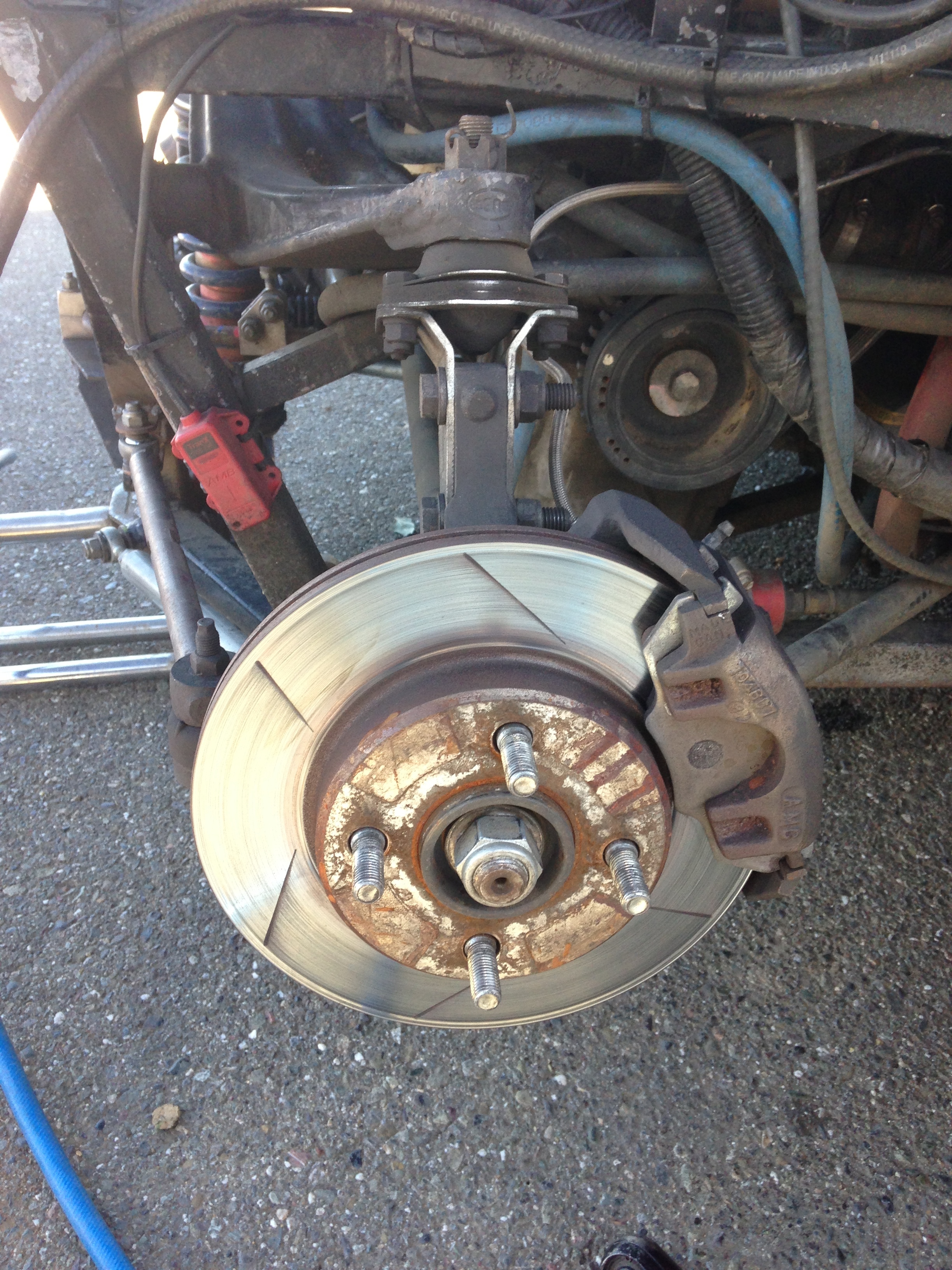
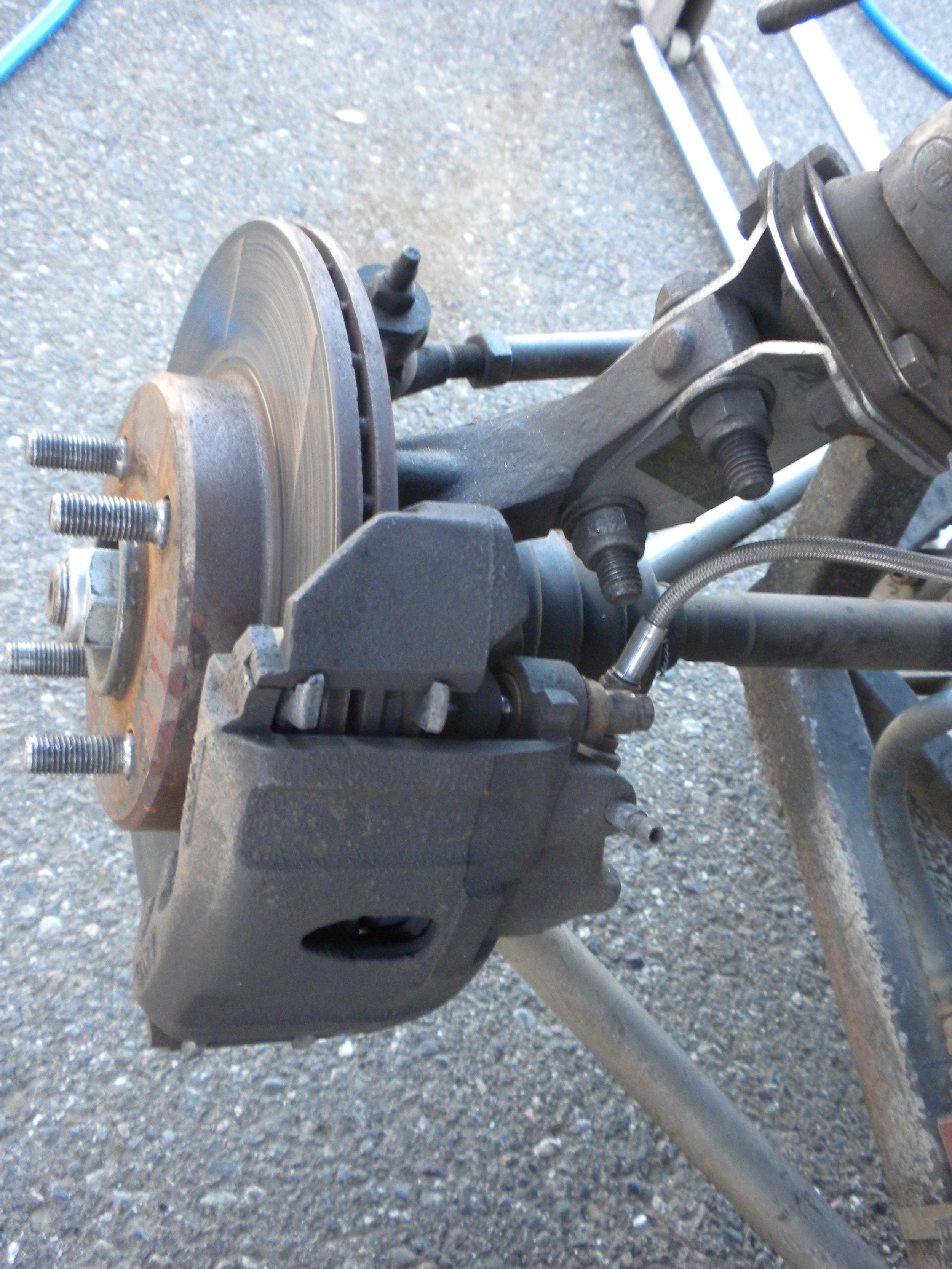
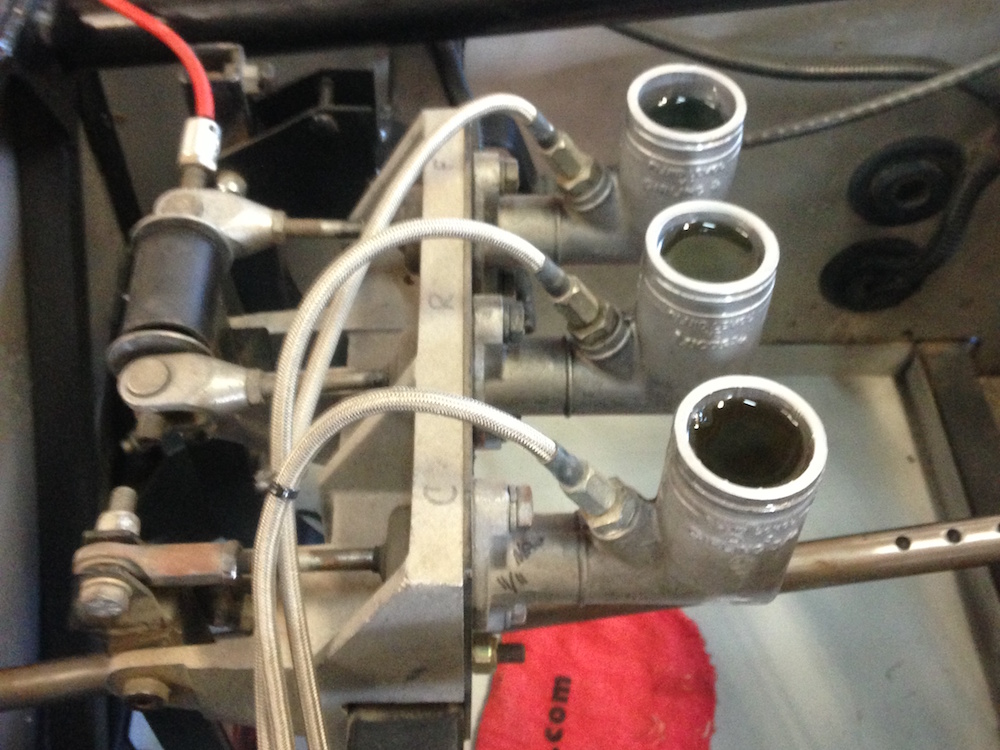
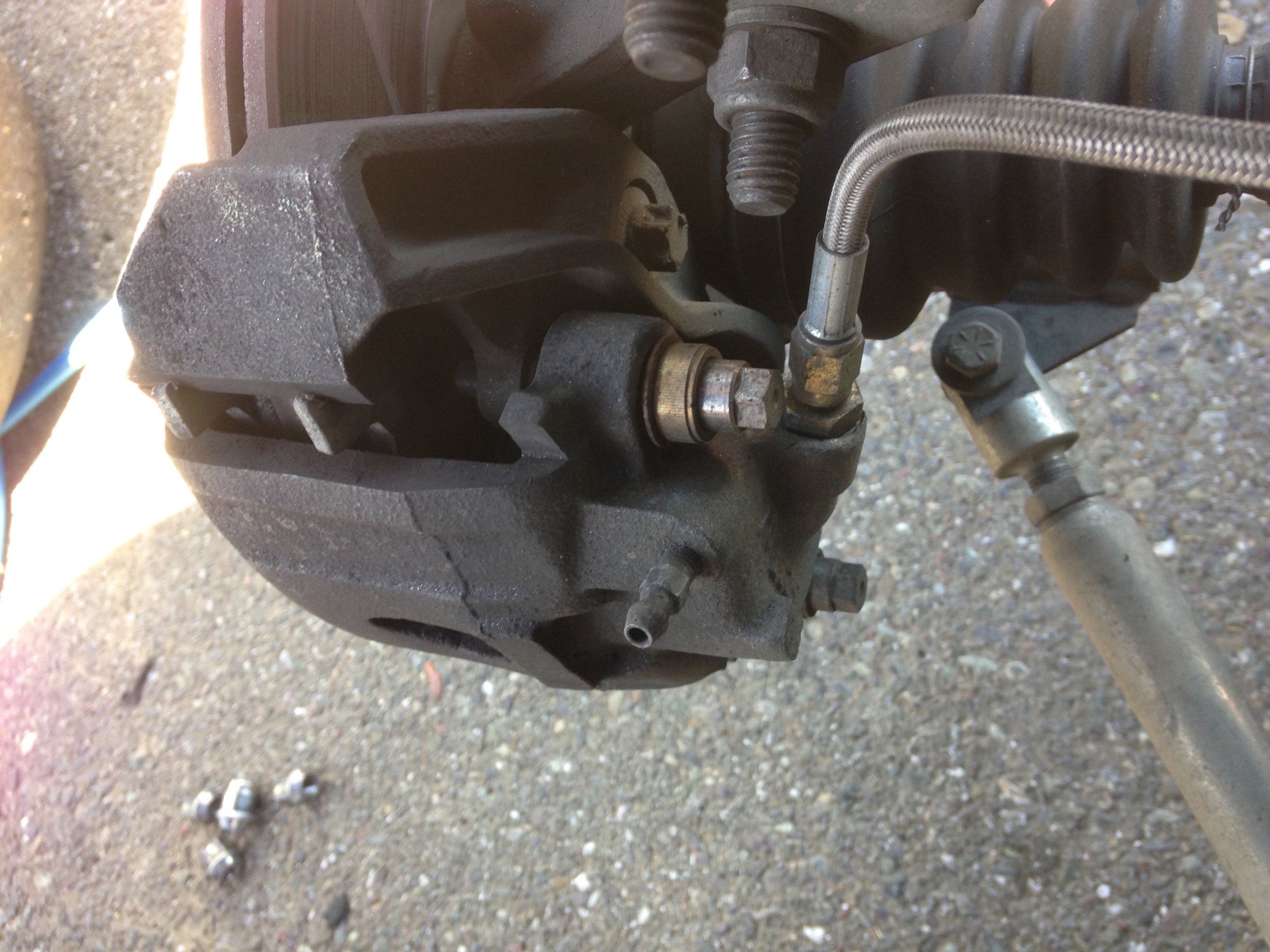
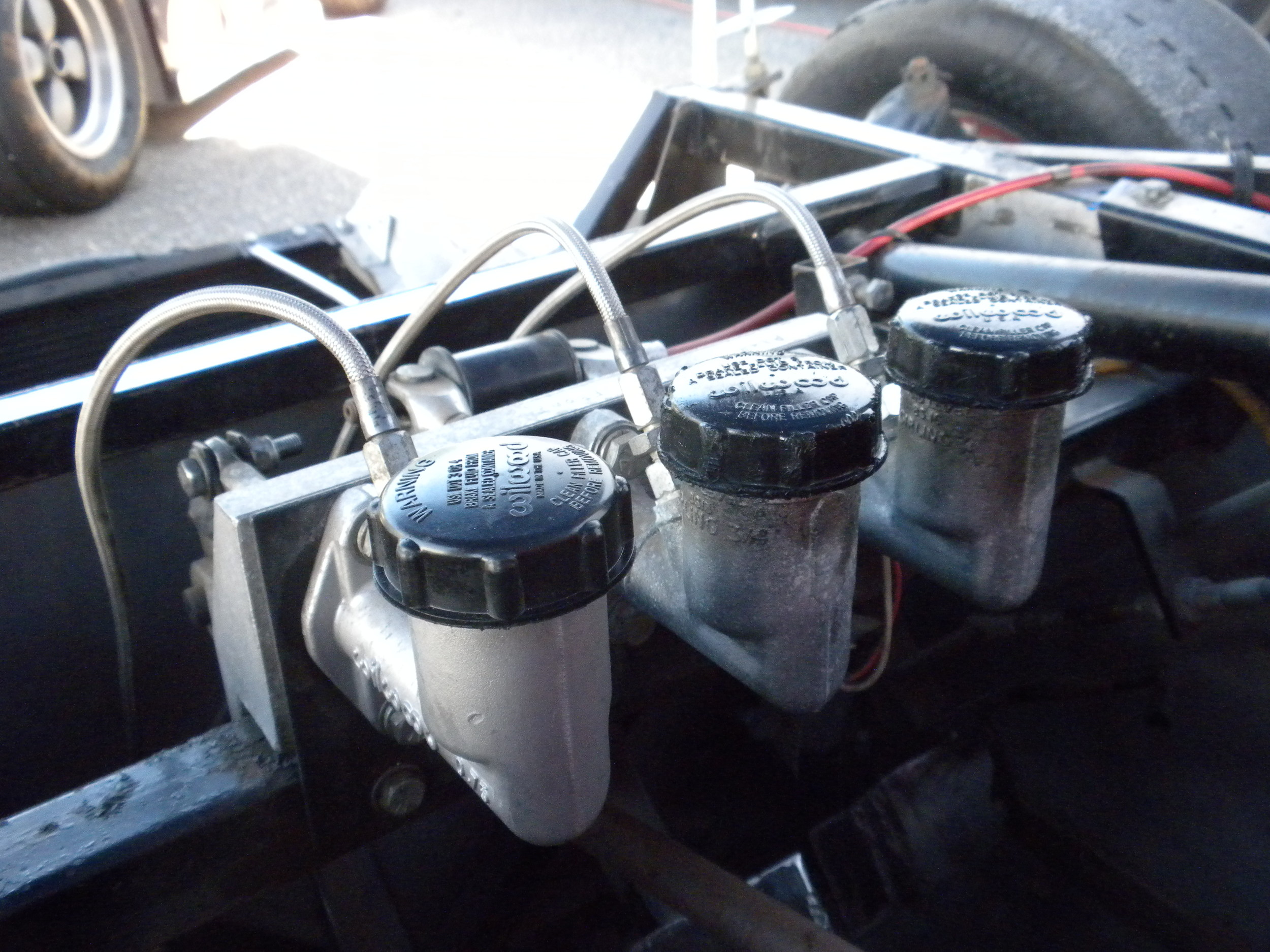
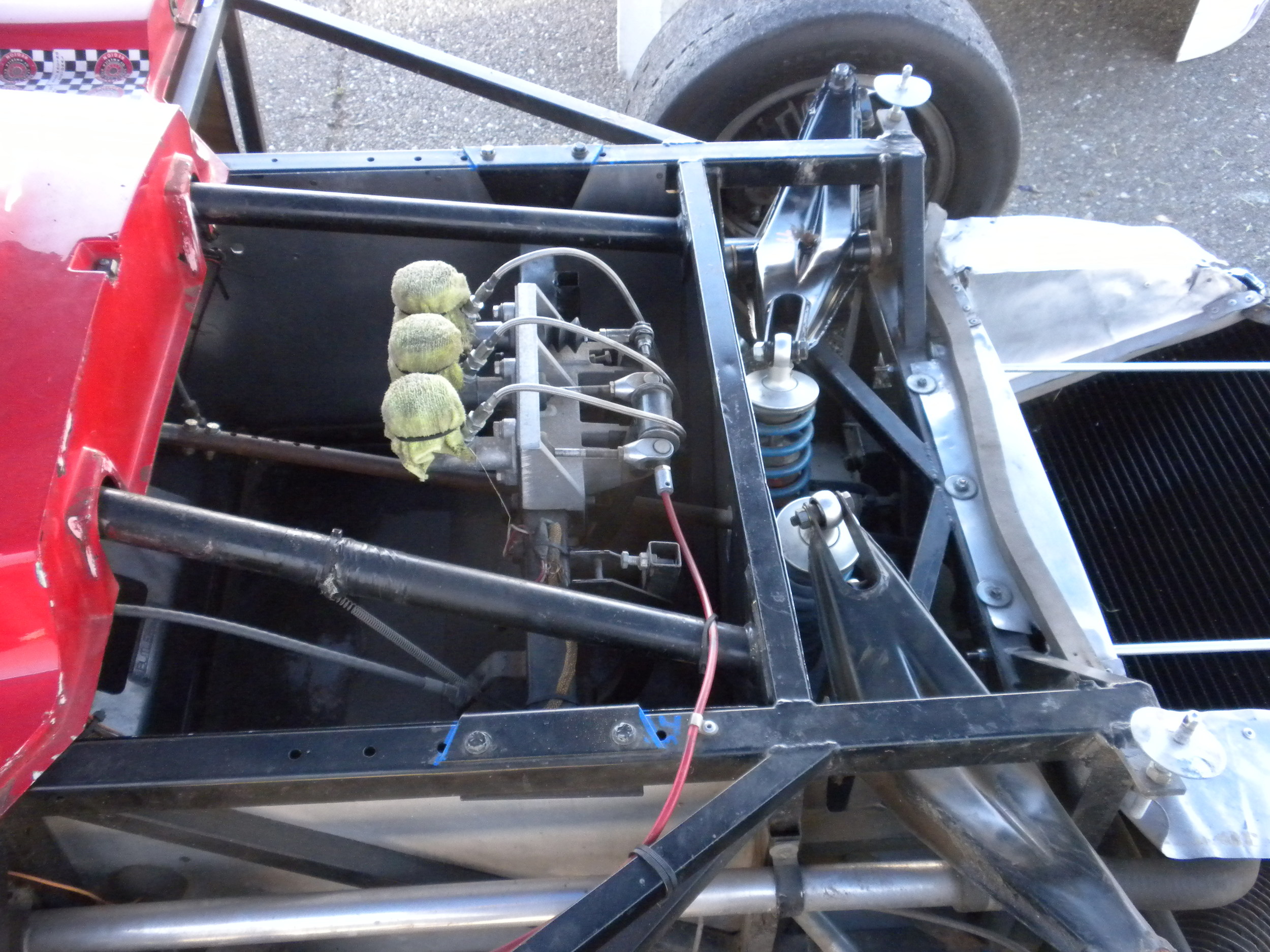




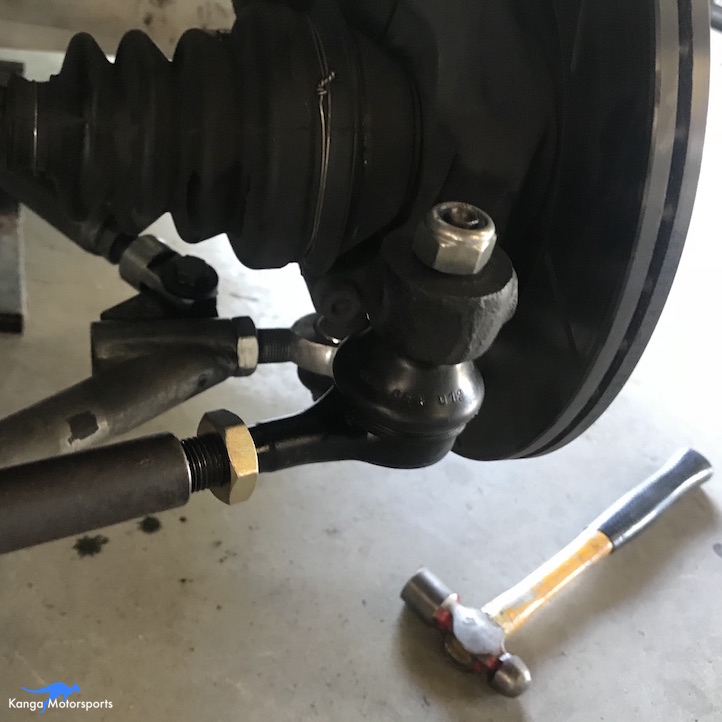







When replacing or refilling the Spec Racer Ford coolant system you need to make sure the all the air is bled out of the system before heading out on track.